Sydney diners embrace the food hopping trend
Sydney diners are spending their evenings out food hopping around local eating precincts having drinks, dinner and dessert at three separate venues. SEARCH OUR INTERACTIVE MAP FOR RESTAURANT DEALS
Sydney Taste
Don't miss out on the headlines from Sydney Taste. Followed categories will be added to My News.
Forget bar-hopping, Sydney diners are now spending their evenings out food hopping around local eating precincts.
Experts say a growing trend of diners having drinks, dinner and dessert at three separate venues has now prompted restaurants to alter their traditional approach to the menu.
Delicious food director Phoebe Wood said more and more restaurants are now offering high quality snacks instead of “filler food”.
“The trend is to have a menu that will showcase the smaller snacky items. It’s not filler food, it’s executed beautifully, it’s produce-driven food,” she said.
“Wines offered by the glass are a lot more common than they used to be. Now there’s quite lot of venues that offer an extensive list. The idea is that you dine at your own pace, it’s flexible dining.”
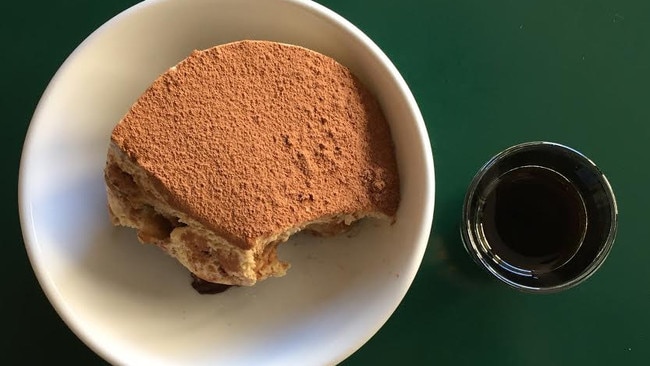
Ms Wood said food-hopping also works for restaurants that have a no booking policy.
“It means you can go to Monopole for a glass of wine while you wait for a table at the Apollo. And then a nightcap at Fratelli Paradiso and maybe some tiramisu,” she said.
“Restaurants are bombarding people with the idea that they have to stay there for a long time. With Delicious Month Out as well, we want to remind people that dining is what you make it. It shouldn’t be pressure.”

AMEX partner Nadia Fairfax said the food-hopping was a very Spanish idea and worked well in Sydney’s foodie hubs.
“I think it’s the change of environment that people crave. Each spot you go to adds excitement and you’re taking in the energy of the place,” she said.
“There’s no way that we would go to one restaurant and stay there all night. There’s pre drinks and then dinner and then somewhere else to go to after. Maybe our attention span is too short and we need to move around and explore.”
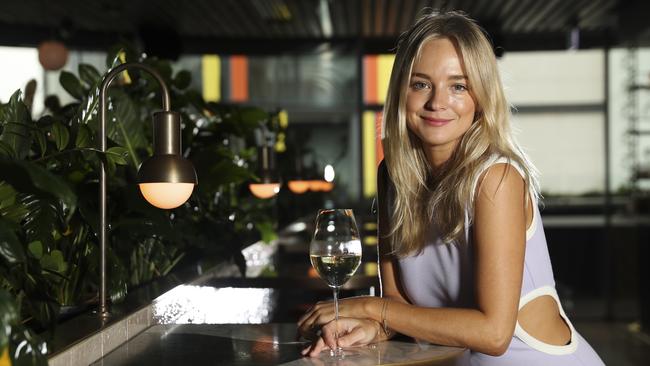
Join the delicious. crew and friends on February 28 as we launch the inaugural American Express delicious. Month Out: four weeks of exclusive offers, dining and revelry across Sydney throughout March.
You’re invited to join the fun at one of the city’s premier waterfront destinations, Barangaroo House. We’re taking over all three levels, including a VIP dinner at Bea and a pop-up Veuve Clicquot bar at Smoke, to put on a House Party like no other. Find out more at bea.floktu.com.
COULD THESE IMPORTED CUPPAS DETHRONE THE FLAT WHITE?
Australians love a good flat white but it turns out Sydneysiders have much broader tastes.
From Thai iced coffee and Vietnamese coffee to masala chai, Teh Tahrik and Hong Kong milk tea — Delicious Sydney is challenging readers to try these alteratives to your morning cuppa and see if they can dethrone the caffeine world’s mighty whitey.
TEH TAHRIK OR KOPI TARIK (MALAYSIA)
Malaysia’s national drink is made of a strong black tea brew mixed with condensed milk.
Teh Tahrik, which translates to “pulled tea”, is poured repeatedly from a height into a cup to make it frothy. An alternative is Kopi Tarik which is coffee roasted with margarine and sugar, mixed with condensed milk and pulled in a similar way.
Where to try it: Mamak
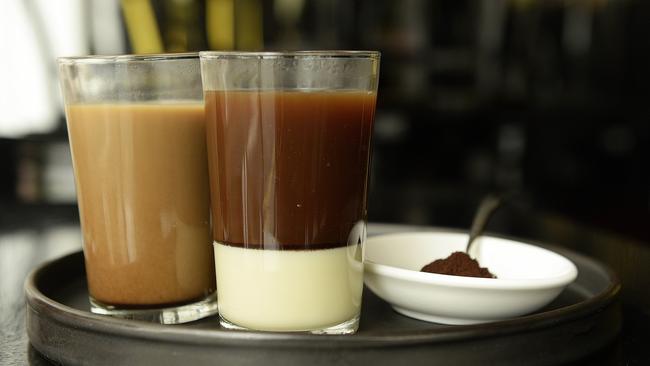
OLIANG (THAILAND)
Made using a coffee sock and a cotton bag, robusta coffee, brown sugar, a variety of seeds and grains are mixed together, extracted and then served over ice with condensed milk or evaporated milk. The seeds used can vary depending on the recipe but can include corn, sesame, cardamom, soybean and rice.
Where to try it: Chapayom
KAHVE (TURKEY)
A strong unfiltered drink where ground coffee powder is boiled with water and sugar in a small long handled pot called an ibrik.
Where to try: Mezbah Haymarket
CHAI (INDIA)
Strong black tea boiled with milk, sugar and spices like cardamom and ginger, chai is a staple in India and can be found at most south-Asian eateries around the city but don’t confuse it with the western invention, chai latte.
Where to try it: Himalaya

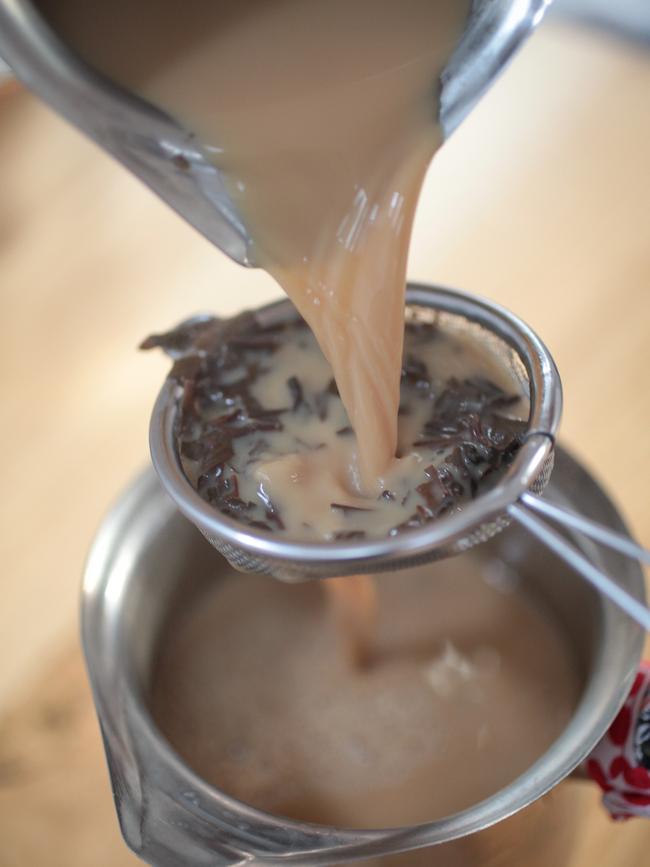
MILK TEA (HONG KONG)
Hong Kong milk tea is made of black tea mixed with either evaporated milk or condensed milk. Smooth and creamy texture, it’s tea with the texture of a latte.
Where to try it: Bread Top
EGG COFFEE (VIETNAM)
Traditionally known as a ca phe trung, this drink is made by boiling whipped egg yolks with milk and sugar to form a creamy foam and then extracting coffee into the cup.
Where to try it: Scoota Cafe
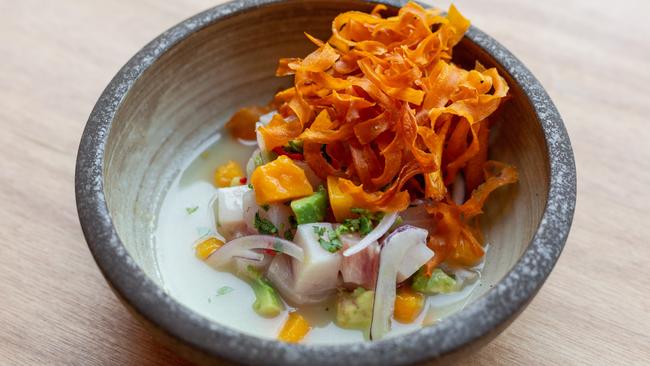
FUSION GOES NEXT LEVEL
It’s all about reggae beats and salsa tunes when the lunchtime crowd walks into Nikkei Restaurant and Bar in Surry Hills — but the menu shows there’s a lot more in terms of cultural crossover to this story.
Japanese-inspired ceviche and sashimi-style dishes topped with Peruvian chilli give locals a flavour of the centuries old Nikkei cuisine — the original fusion food created by Japanese immigrants living in Peru.
And, while owner Tina Wing Kee knows that in a multicultural society fusion food isn’t a novel concept, she said the thing that sets Nikkei apart was its execution.
“When the Japanese first went to Peru they bought their own ingredients and then adapted that to the environment they were in,” Wing Kee told Delicious.
“We stuck to traditional Nikkei recipes in some parts of the menu like a ceviche with a hint of Japanese ingredients, but with the rest of the menu we’ve taken a more contemporary approach.”

With sushi burritos and butter chicken pizzas popping up on menus across the city, Weng Kee said it was all too easy for restaurants to go wrong with fusion food.
“It’s important to be respectful to each cuisine, especially if you’re doing a modern take but it’s also important to be flexible because we are in Australia and we don’t have access to all the Peruvian ingredients,” she said.
“It helps when you have a base to refer back to as well. Going forward we will be doing new things but I think it’s important to also rely on some tried and tested rules.”

One new addition to the menu will be acevichado rolls — sushi with a ceviche-based sauce.
“For the time being we have focused more on the Peruvian side because there isn’t that much Peruvian cuisine in Sydney at the moment,” she said.
“But every Peruvian that steps through the door asks us ‘Where are your acevichado rolls?’ so we will be working towards adding those.”
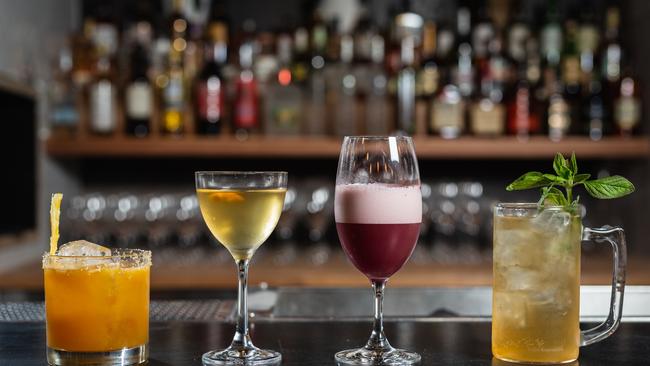
Nikkei Bar & Restaurant is taking 25 per cent off its set menu for Delicious Month Out. Make way for everything from beef short ribs with miso garlic and corn puree, to a more-ish dulce de leche pudding with sake cream. Not to mention the impressive 40+ whiskies on the back bar.
KEEPING THE WINE LIST LOCAL
Sydney’s glitziest guests will raise their toast to the state’s top wineries — with the International Convention Centre announcing its wines list is now going to be 100 per cent local.
The collection of wines — selected from a blind tasting of 400 offerings — will keep the 1.4 million visitors to the exhibition centre entertained throughout the year.
NSW tourism minister Stuart Ayres said the move is a massive “vote of confidence” in the state’s produce.
“The ICC has become the NSW cellar door, so guests at international conventions and conferences will get an authentic experience. It’s just as authentic as buying a wine from a cellar door at a winery,” he said. “NSW needs to carve out its own space in the wine industry. We have the oldest vineyards in the country in the Hunter Valley. This is a great opportunity for restaurants, cafes and local venues to follow the lead and back NSW wines.”

Mr Ayres said it was also a crucial morale boost for fire and drought-impacted local business. “Wine is such an important part of a traveller’s experience. Regional NSW and wine areas have certainly taken a battering so this gives them an opportunity to keep selling while they work through their challenges,” he said.
ICC Sydney has also released two episode of 100% Local, a four-part documentary showcasing the NSW wine industry.
The show will focus on stories of local producers and the challenges they face.
“To have our most important convention and events facility (in NSW) buying 100 per cent local wines is a massive boost of confidence.”
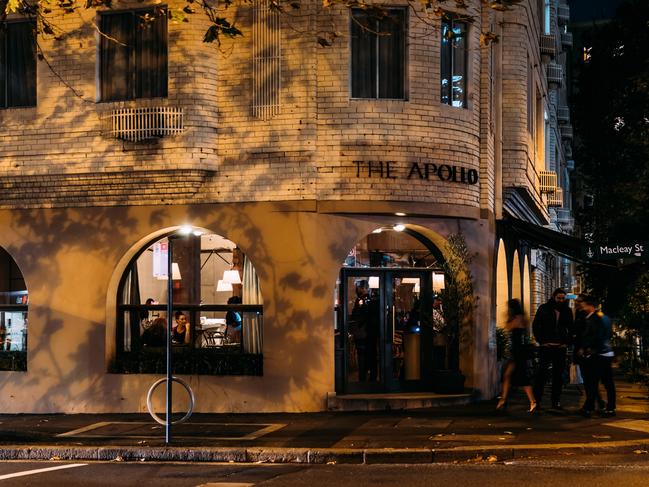
THE MOUTH REVIEWS …
THE APOLLO RESTAURANT
44 MACLEAY ST
POTTS POINT
So the big news out of the art world and international diplomacy is that the Greeks want the Elgin Marbles back from the British — and they think they’ve found a way to get them.
The fight is over a bunch of really fantastic sculptures that used to line the Parthenon in Athens and which one Lord Elgin — hence the name — brought to England in the early 19th century after buying them off the Turks, who occupied Greece at the time.
To make a long story short, Elgin brought the “marbles” home, decorated his house with them, had to sell them in a particularly nasty divorce, and they wound up in the British Museum in London.
Now, this week, the Greeks — who have never relinquished their claim to what they say is their ancient inheritance — think they have found a lever for negotiation.
Athens has added return of the sculptures to the EU’s list of demands of a recently Brexited Britain, which is seeking a trade deal with Europe. They say the marbles would be better off in Athens, where they can be displayed in their traditional home, rather than thousands of kms away in London.
The Brits, meanwhile, say nonsense, saying they are better stewards of these treasures — and anyway, one can just as easily get the power of these works in London as in Athens.
Anyone who loves their food is no stranger to this debate, which brings us to this week’s restaurant — and a question.
Namely, is something like Greek food better enjoyed on an island somewhere in the Aegean or can you just as easily get the magic of a great taramasalata in, say, Potts Point?
The Apollo (no points for picking which suburb it’s in) attempts to answer this question with an enthusiastic opa! – some 16,000km away.
Sitting in a big, artistically unfinished space on the corner of Macleay Street, The Apollo seems as far from the taverna as you can get.
Yet the place is unmistakably Greek, even if there’s an absence of Zorba kitsch on the walls. The menu divides between little snacks and starters and bigger dishes cooked over wood and charcoal.
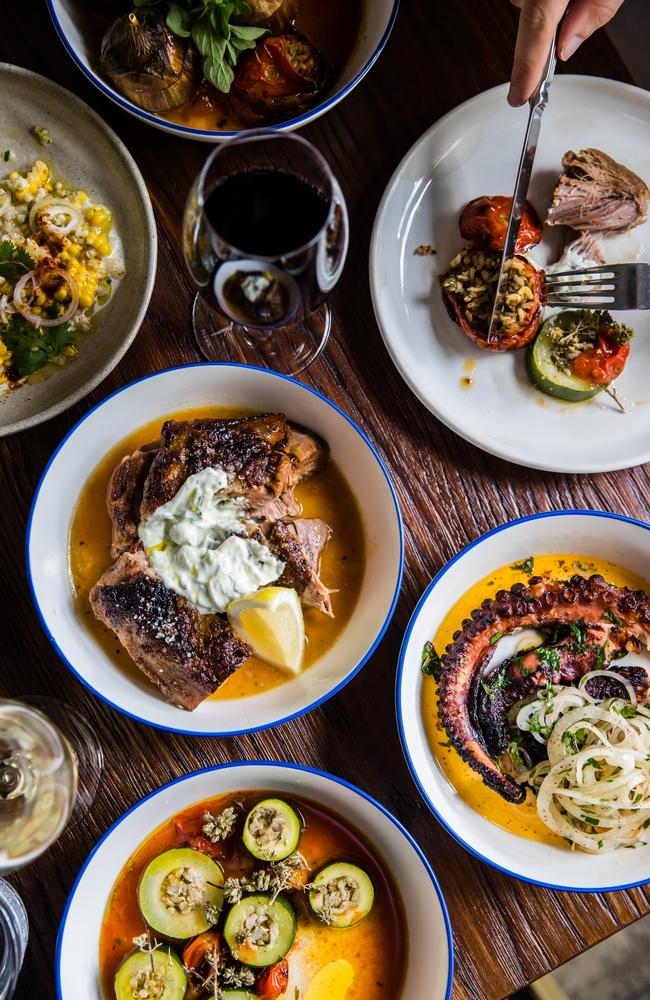
Here a taramasalata comes in a little jug, creamy and salty, a million times better than any plastic tub picked up in the dips aisle, with warm, pillowy bread for dipping. Fried cheese — saganaki — comes piping hot, and divides the table for its texture (firm) and flavour (walking too fine a line between sweet and savoury).
A plate of rich, oily grilled sardines are enough to send you to Naxos, if only for a moment, with a glass of ouzo to turn the whole process of filleting, boning the suckers into something of a game.
For something bigger, do not go past the lamb shoulder — a dish the Greeks have been making in one form or another since Aristotle, with lashings of yoghurt and a squeeze of lemon it falls apart at the slightest pressure. Don’t be afraid of the Greek wine, either — it’s surprisingly slurpable.
It may not be on a Greek seaside, just as Elgin’s marbles may not be in Athens, but if you close your eyes, you can get pretty close.
VERDICT
LICENSED Yes
CARDS All major
OPEN Every day from 6pm; Friday-Sunday from noon
PRICES Won’t cause a Greek debt crisis
VEGETARIAN Yes
WHEELCHAIR ACCESS Yes
NOISE Buzzy
PRO We love our lamb
CON Fried cheese should unite people

